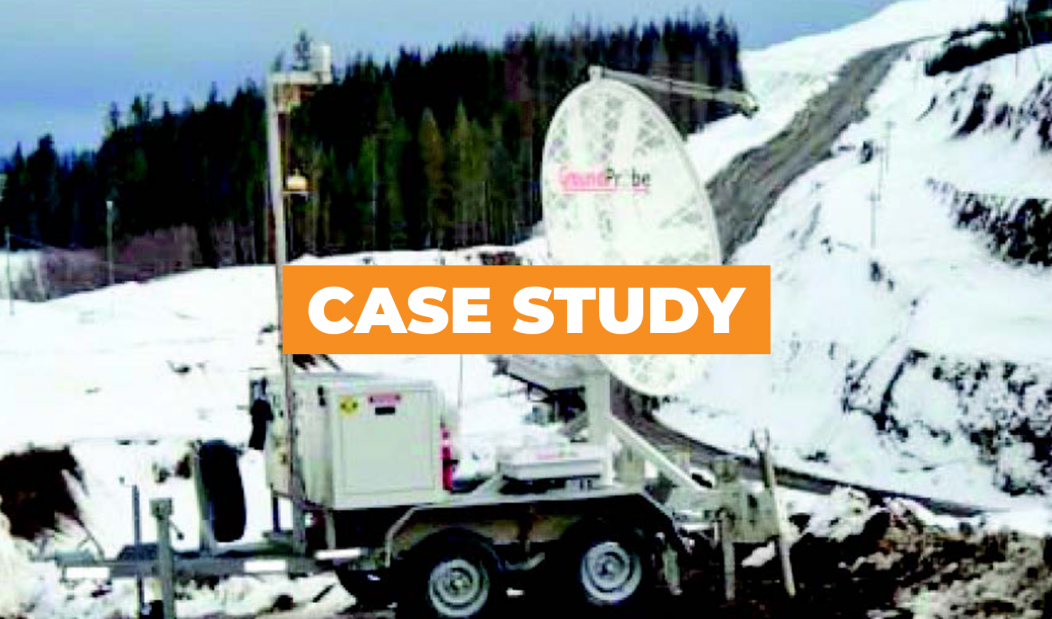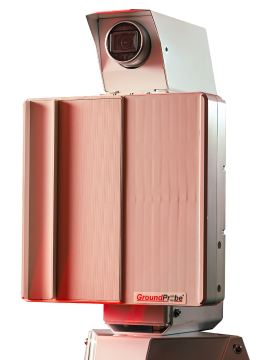Decision Confidence in Difficult Conditions at Mount Polley Mine

DECISION CONFIDENCE IN DIFFICULT CONDITIONS
“The Slope Stability Radar allowed us to resume mining below a slide in the pit wall. The SSR allowed us to safely access the remaining two benches in the bottom of the pit.”
– Art Frye, Operations Manager, Mount Polley Mine
Imperial Metals Corporation’s Mount Polley open pit mine is located in south-central British Columbia, 100 kilometres, by road, northeast of Williams Lake. Winter temperatures can reach as low as 30°C and conditions include heavy snowfall with limited visibility.
The copper/gold mine is Imperial’s principal mineral property with planned production for 2009 including 42 million pounds copper, 53 thousand ounces gold, and 231 thousand ounces silver. As of January 1, 2009 total Mount Polley reserves are 46.2 million tonnes of 0.34% copper, 0.29 g/t gold and 0.95 g/t silver.
Ensuring the safety of employees and safeguard of equipment has always been the top priority at Mount Polley, and the mine’s geotechnical team has utilized different slope monitoring tools, including extensometers, and a Trimble S8 laser system and approximately 200 prisms. A wall failure above the entrance to one of the pits became a concern to the mine, as it was unsafe to place monitoring prisms in the failure zone.
At the same time, Mount Polley was reaching the end of mine life in one of their pits and conditions at the bottom of the pit were becoming increasingly dangerous. In January 2009 the mine started leasing GroundProbe’s SSR-X system, and this not only enabled the mine to critically monitor the failure above the access ramp but also allowed continuous mining of 500,000 tonnes of high-grade ore in areas that would be difficult to monitor by conventional methods. Mount Polley mine was able to operate with confidence in areas that would normally be considered too dangerous to access.
In addition to these important safety and production benefits, Mount Polley Mine:
- Gave mine management the ability to make informed production decisions based on quantitative geological hazard data;
- Reduced overall operation risk and improved net present value.




